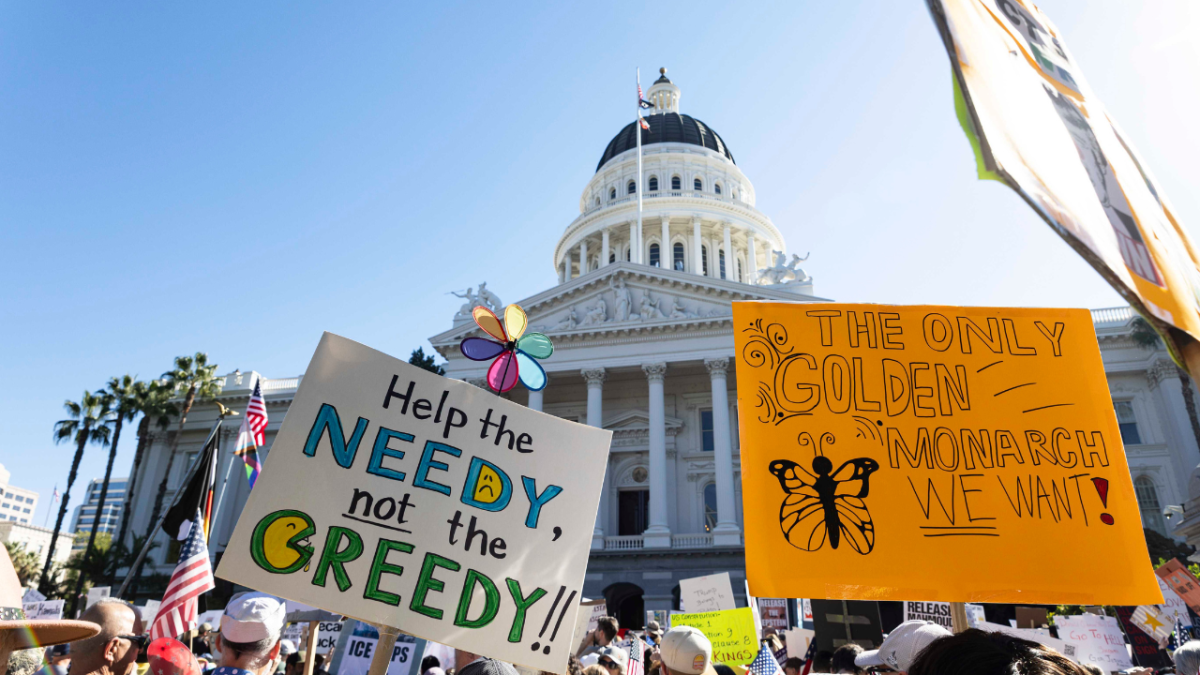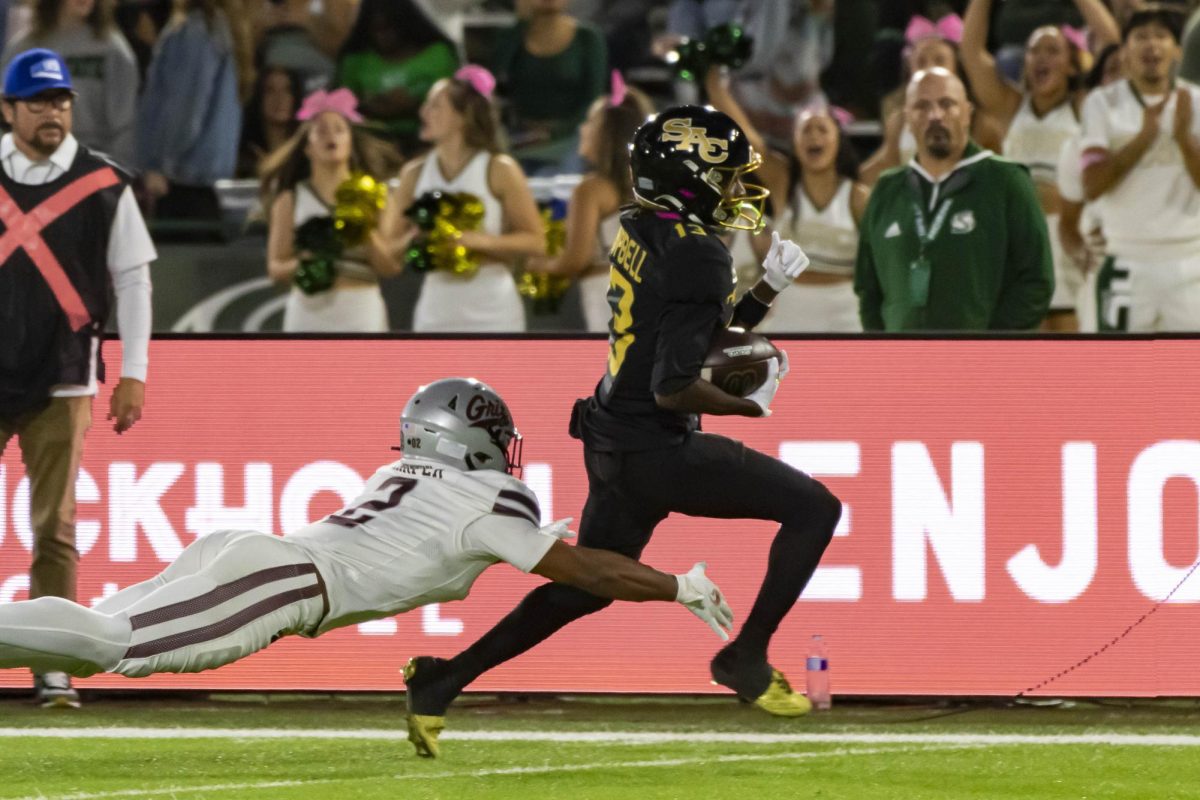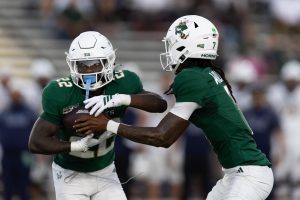California company sells cloned kitten
December 22, 2004
SAN FRANCISCO – The first cloned-to-order pet sold in the United States is named Little Nicky, a nine-week-old kitten delivered to a Texas woman saddened by the loss of a cat she had owned for 17 years.
The kitten cost its owner $50,000 and was cloned from a beloved cat, named Nicky, that died last year. Nicky’s owner banked the cat’s DNA, which was used to create the clone.
“He is identical. His personality is the same,” the woman told The Associated Press in a telephone interview.
The company, Sausalito-based Genetic Savings and Clone, made her available to speak to reporters only on condition that her last name or hometown not be used. The woman said she fears being the target of groups opposed to cloning.
“Nicky loved water, which is an unusual characteristic of cats. Little Nicky jumped into my bath,” said the woman, who said she is in her early 40s and employed in the airline industry.
The company delivered Little Nicky two weeks ago and was expected to publicly announced the news Thursday.
While Little Nicky frolics in his new home, the kitten’s creation and sale has reignited fierce ethical and scientific debate over cloning technology, which is rapidly advancing.
By May, the company said it hopes to have produced the world’s first cloned dog – a much more lucrative market than cats. While it is based in the San Francisco Bay area, the company’s cloning work will be done at its new lab in Madison, Wis.
Commercial interests already are cloning prized cattle for about $20,000 each, and scientists have cloned mice, rabbits, goats, pigs, horses – and even the endangered banteng, a wild bull that is found mostly in Indonesia.
Several research teams around the world, meanwhile, are racing to create the first cloned monkey.
Aside from human cloning, which has been achieved only at the microscopic embryo stage, no cloning project has fueled more debate than the marketing plans of Genetic Savings and Clone.
“It’s morally problematic and a little reprehensible,” said David Magnus, co-director of the Center for Biomedical Ethics at Stanford. “For $50,000, she could have provided homes for a lot of strays.”
Animals rights activists complain that new feline production systems aren’t needed because thousands of stray cats are euthanized each year for want of homes.
Genetic Savings and Clone chief executive Lou Hawthorne said his company purchases thousands of ovaries from spay clinics across the country. It extracts the eggs, which are combined with the genetic material from the animals to be cloned.
Critics also complain the technology is available only to the wealthy, that using it to create house pets is frivolous and that customers grieving over lost pets have unrealistic expectations of what they’re buying.
In fact, the first cat cloned in 2001 had a different coat from its genetic donor, underscoring that environment and other biological variables make it impossible to exactly duplicate animals.
“The thing that many people do not realize is that the cloned cat is not the same as the original,” said Bonnie Beaver, a Texas A&M animal behaviorist who heads the American Veterinary Medical Association, which has no position on the issue.
“It has a different personality. It has different life experiences. They want Fluffy, but it’s not Fluffy.”
The company says it carefully counsels its customers about what they’ll receive, but insists myriad personality and physical traits will be passed from genetic donor to cloned offspring.
Little Nicky’s owner said the company “under promised and over delivered” her cat, which is of the Maine coon variety. A native New England breed, the Maine coon gets its name from the resemblance of a tabby Maine coon’s tail to that of a raccoon.
Still other scientists warn cloned animals suffer from more health problems than their traditionally bred peers and that cloning is still a very inexact science. It takes many gruesome failures to produce just a single clone.
Genetic Savings and Clone said its new cloning technique, developed by animal cloning pioneer James Robl has improved survival rates, health and appearance. The new technique seeks to condense and transfer only the donor’s genetic material to a surrogate’s egg instead of an entire cell nucleus.
“Within the next five years, it’s going to be known as the healthiest animals to get,” Hawthorne said.
Between 15 percent and 45 percent of cloned cats born alive die within the first 30 days, Hawthorne said. But he said that range is consistent with natural births, depending on the breed of cat.
Austin-based ViaGen Inc., which has cloned hundreds of cows, pigs and goats, also is experimenting with the new cloning technique.
“The jury is still out, but the research shows it to be promising,” company president Sara Davis said. “The technology is improving all the time.”
Genetic Savings and Clone has been behind the creation of at least five cats since 2001, including the first one created. It hopes to deliver as many as five more clones to customers who have paid the company’s $50,000 fee. By the end of next year, it hopes to have cloned as many as 50 cats.
The company is backed by John Sterling, founder of the University of Phoenix, who has funneled more than $10 million into the company, which has yet to turn a profit.



























































































































